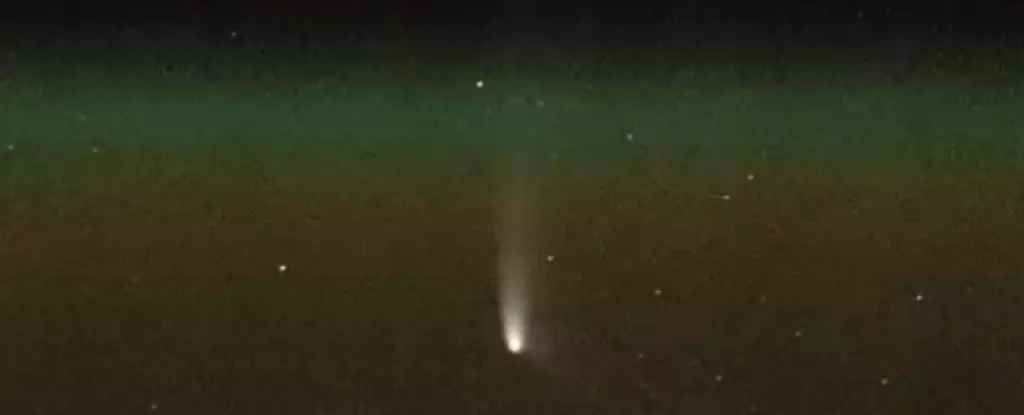In January 2023, astronomers made an exciting discovery in the form of a new comet designated C/2023 A3 (Tsuchinshan-ATLAS). While comets are regular travelers through our cosmic neighborhood, this particular comet captured the attention of stargazers around the globe due to its potential for brightness. Early claims likened it to being the “comet of the century,” igniting a flurry of discussion within the astronomical community. Nonetheless, astronomers remind us that accurately predicting a comet’s brightness is fraught with uncertainty. Those hoping for a magnificent display will need to wait until the comet makes its closest approaches to form a full understanding of what to expect.
Comet C/2023 A3 is now nearing its best visibility, particularly in parts of Australia and New Zealand. As we gear up for this celestial event, it is essential to relate the details about its trajectory and potential brightness to foster awareness and excitement.
Currently, C/2023 A3 is a morning object rising approximately an hour and a half before dawn, providing eager observers the opportunity to catch a glimpse of it. To the naked eye, the comet resembles a blurry star, yet when viewed through binoculars, its dusty tail becomes apparent, trailing behind it as it journeys through space. This fascinating phenomenon represents one of the many reasons why observing comets is a cherished past-time for both amateur and professional astronomers alike.
From now until the end of September, the comet will keep climbing higher in the sky, delighting those who venture outside to watch. Around September 27, the comet will reach its perihelion—the closest point to the Sun—at a distance of about 58 million kilometers. Following this, as it veers around the Sun, it should glow even more brightly due to increasing proximity to Earth. For optimal viewing experiences, enthusiasts should look to the eastern horizon early in the morning.
As C/2023 A3 nears a crucial passage between Earth and the Sun on October 9 and 10, observers might witness an extraordinary brightness increase due to a phenomenon known as “forward scattering.” When the comet’s dust cloud comes into play, this scattering effect could reflect sunlight back toward Earth, enhancing visibility. If the comet harbors a significant amount of dust, it may, intriguingly, brighten up to 100 times, allowing knowledgeable observers to potentially see it in the daylight—that is, of course, with great caution and expertise since gazing directly at the Sun is hazardous.
After these dramatic moments, the comet will transition into the evening sky and should maintain visibility as it climbs higher. Those fortunate enough to witness this change will find that the dazzling visual display continues, enriched by the forward scattering effect as the comet gains altitude.
As October proceeds, the comet is expected to present a spectacular visual comparable to other notable comets, such as 12P/Pons-Brooks seen earlier that year. Observers should prepare for a grand display involving the comet’s elongated tail spanning the night sky. Although the tail may not be easily visible to the naked eye, it could create a splendid sight captured through photography, creating a collage of stunning comet imagery to flood social media.
However, while C/2023 A3 currently dazzles in the night, the unpredictability of comets needs to be acknowledged. In the cosmic dance with the Sun, there lies a chance of fragmentation, an unpredictable event that could lead to captivating performances—or, conversely, the comet could fail to meet brightness expectations. The nature of comets is enigmatic, often surprising both amateur star-gazers and seasoned astronomers alike.
By the end of October, the window for viewing Comet C/2023 A3 will rapidly close as it journeys into deeper space. While it shines valiantly now, it is all too common for even the brightest of comets to diminish, eventually disappearing from our sight.
The tale of the comet C/2023 A3 (Tsuchinshan-ATLAS) is a saga of anticipation, excitement, and unpredictability. Stargazers eagerly await its impending timeline, ready to capture its brilliance and share in the cosmic beauty. The coming weeks promise to be an exhilarating period for comet enthusiasts, blending artistry and science against the vast canvas of the night sky. Whether it emerges as the celebrated comet of the year or eludes expectations, one certainty prevails: C/2023 A3 assures an enthralling chapter in our observation of the universe.


Leave a Reply